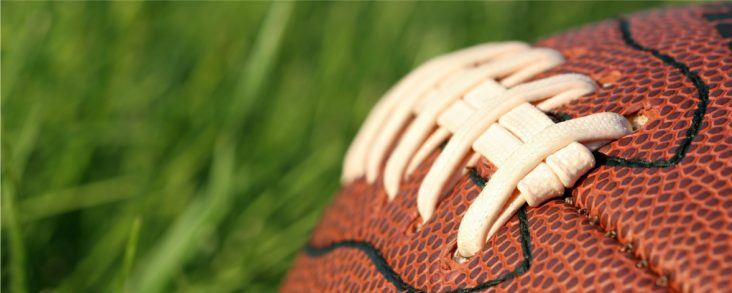Economist notes impact of Razorback football record on regional tourism
by December 3, 2017 3:29 pm 1,552 views

A lousy win-loss football record not only hurts Razorback fan morale, but it stings area businesses to the tune of nearly $1 million.
University of Arkansas Walton College of Business economist Mervin Jebaraj, who appeared on this week’s edition of Talk Business & Politics, said the school has studied trends on two occasions and the results are pretty significant.
“We actually found some measurable differences in people’s spending based on how well the team was doing,” he said.
Jebaraj said the Walton College of Business conducted a study of then-Coach Bobby Petrino’s final full season (2011) at the university in which the football team finished with an 11-2 record. It also studied recently fired Coach Bret Bielema’s third season (2014) on the hill when the Razorbacks finished 8-5.
Jebaraj said that somewhere between 68-72% of fans come from outside of Northwest Arkansas and spent on average about $100 per game in 2011 compared to roughly $80 per game in 2014. 40,000 fans equaled about $4 million in local spending in the good year compared to $3.2 million in a mediocre year.
“So you’re looking at almost a million dollars difference depending on how well the team was doing in terms of how much fans spent. You know, that’s fairly evident. So if the team’s doing well, people like to spend more money. And of course attendance, if it goes down, that results in less money,” Jebaraj said.
“So a poor season has an effect in several different ways. One, is that they move the games out of prime time, so it’s not an evening game or a late afternoon game, which means the fans are less likely to go out to Dickson Street at 11 in the morning when the game starts at 11 in the morning. Not that some don’t, but they’re less likely to do so,” he said. “They’re also less likely to stay in the region when the games start that early, because they could just as easily drive back to whichever part of the state, or another region that they come from… They’re not spending as much money in the hotels. They’re not spending as much money in the restaurants and bars.”
Jebaraj also examined the latest GDP numbers for the state of Arkansas, which showed upwardly revised numbers for the fourth quarter of 2016 (4.8%) and first quarter of 2017 (4%). Arkansas’ second quarter GDP was 3.5%. The Walton College economist said reasons for the strong performance are multi-fold.
“One of them is that the U.S. economy in general is doing pretty well. We’re either in the 101st or the 102nd month of economic expansion, which is on track to become the second largest economic expansion in U.S. history,” he said, noting that non-durable goods manufacturing and wholesale trade are also doing well in Arkansas.
“You’re seeing around the state a bunch of manufacturing announcements. A lot of that is in non-durable goods manufacturing. That’s doing great. That sector’s also doing well because the U.S. dollar has been trading weaker in recent times, and that obviously helps the export picture. So put all of these wonderful factors together. You know Arkansas’ economy has been growing a lot faster than the national average, and that is certainly something we can celebrate here in Arkansas.”
Watch Jebaraj’s full interview below.
